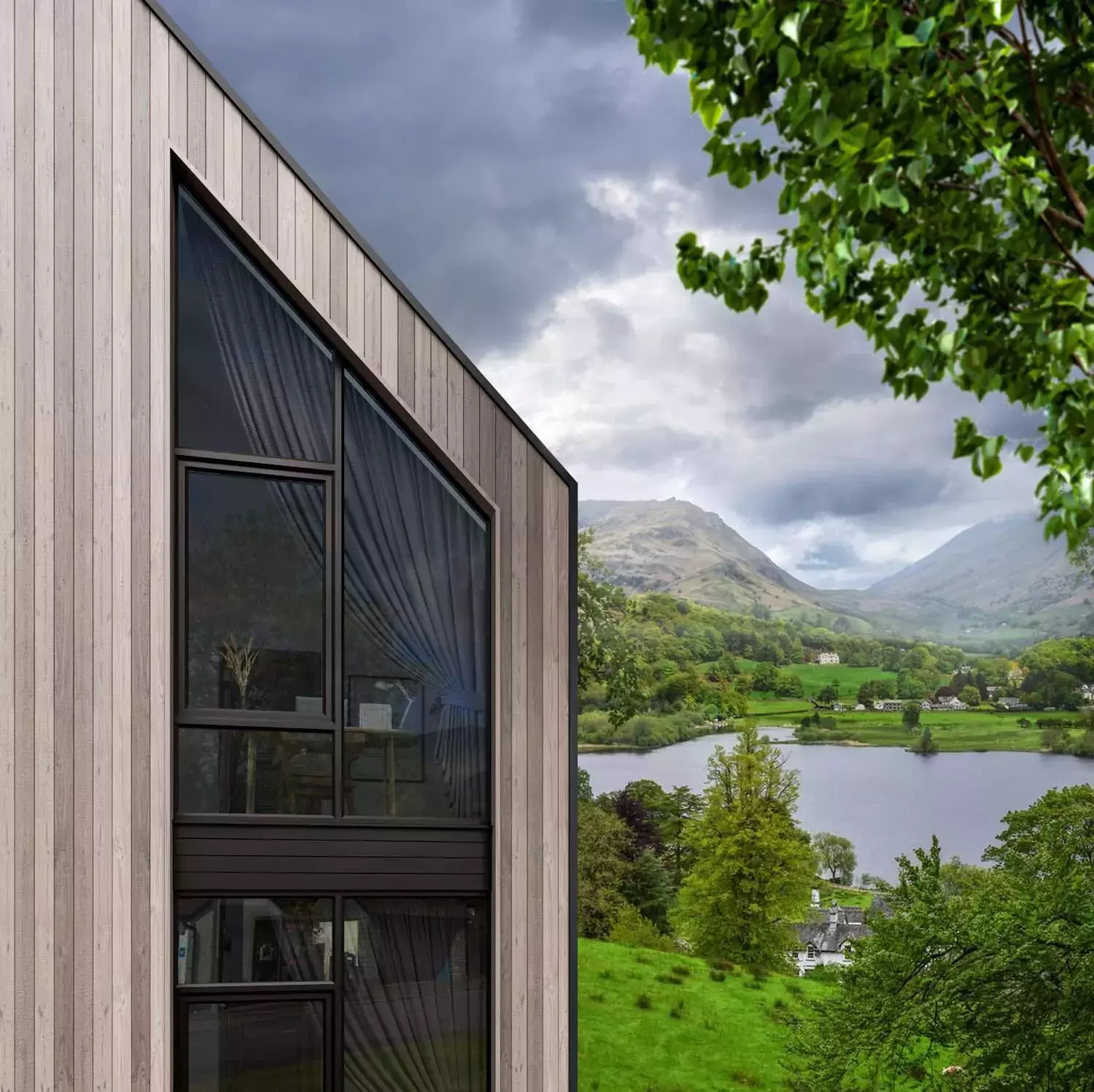RELATED ARTICLES
Debunking UPVC myths
23-10-2023
UPVC and aluminium are two popular choices of joinery for kiwi homes stretching from Auckland, to Wellington and down to Christchurch. Each type of material has its pros and cons, but understanding how they both perform is important so that you get the best out of your investment. Discover the differences between aluminium and uPVC for your home.
Colour and Style
Aluminium and uPVC joinery are both available in a wide range of styles and finishes. Whether you have a character home, new apartment, townhouse, or modern build, choosing the right joinery for your home will usually come down to personal preferences.
UPVC has a wider frame which can make it more suited to character homes and traditional buildings, but also comes in a range of profiles to suit even the most contemporary of designs.
Energy Efficiency
UPVC is the most thermally efficient joinery on the market and outperforms aluminium joinery. The multi-chambered profiles of uPVC stop heat transfer and prevent condensation from forming on the glass and frames. The result is less heat transfer and a warmer, dryer home. You’ll also experience lower heating bills and a warmer home in winter and cooler home in summer.
This exceptional level of energy efficiency makes uPVC the ‘greener’ option as it results in lower energy consumption and reduced energy bills.
Aluminium is highly conductive, which leads to significant levels of heat transfer. While it is possible to install thermal brakes to improve insulation, these can increase the price of installation and still don’t stand up to the same levels of energy efficiency as uPVC.
Durability and Maintenance
Aluminium and uPVC are both durable materials that can stand up to the harsh weather Wellington and other seaside towns can sometimes throw at it. Both materials are suitable for New Zealand weather and will wear well even in coastal areas. Where uPVC outshines aluminium is in its upkeep. UPVC is extremely low maintenance. It can be cleaned with just dish soap and water and doesn’t need repainting or to be cleaned to prevent corrosion.
While aluminium is corrosion-resistant, it does need to be cleaned regularly to prevent rust and may need to be repainted or refinished after years in the sun. UPVC can simply be installed and cleaned once or twice a year for decades worth of performance.
Cost
uPVC windows and doors are usually more expensive than aluminium but to end the conversation at the initial installation costs wouldn’t be fair . The long-term cost savings of installing uPVC are significant. uPVC more energy efficiency and can result in lower energy bills and less maintenance but’s its also a great way to future proof your home.
New Zealand’s heating and insulation standards are changing, and more Kiwis are prepared to invest in warm, dry homes. Investing in uPVC will increase the resale value of your home.



